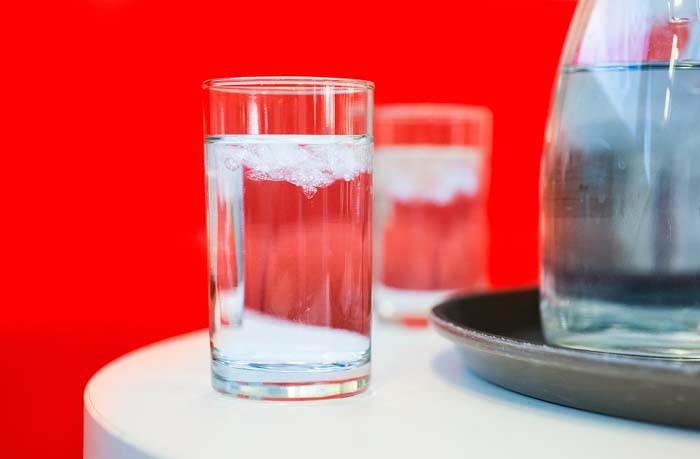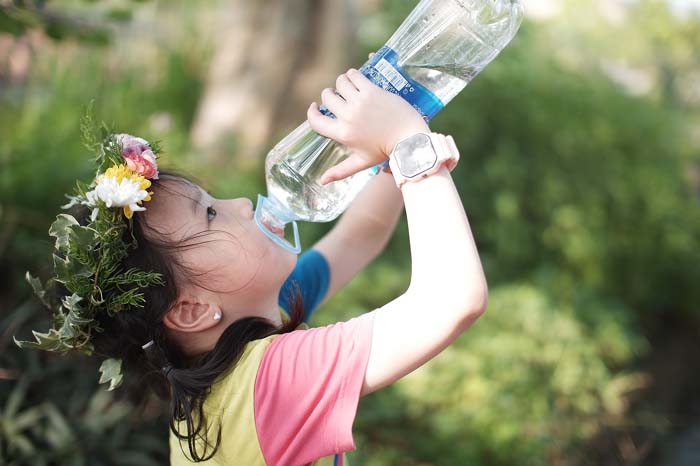
Industrial facilities, drinking water, and even pools all make use of water filters. How you want to purify water and the desired quality are the two primary considerations when deciding on a method to filter water.
Depending on the source and desired quality, there is a cost-effective method to help you filter water. Even though it’s the most affordable option, sand filtration doesn’t ensure clean water. Despite being the most cost-effective water sterilization method, ultraviolet (UV) filters are ineffective regarding chemicals and metals.
Here are some ways to filter water:
Drops and tablets
Here are a few examples of drops and tablets you can use for water purification or disinfection:
- tetraglycine hydroperiodide
- iodine
- chlorine dioxide
- sodium dichloroisocyanurate
Just add the pills to the water and let them sit for the recommended amount of time to purify them, as instructed on the packaging.
Travel-size sediment filters
The purpose of these commercially available filters is to purify untreated water by removing bacteria and other microbes. Brands make them with a single usage or reusability in mind.
Here are the different forms they can take:
- A filtering water pitcher
- A filtering water bottle or straw
- A hand pump machine
Fruit peel filters
In rural areas where people drink polluted water, people occasionally use apple peels or other fruit rinds to filter water.
This process has the makings of a do-it-yourself water filter. But there’s a need for more research into the effectiveness and safety of this approach for do-it-yourself applications before it can be recommended.
Boiling
Water becomes safe to drink after boiling it for one minute. Boiling water is best to avoid the spread of infectious diseases if boil water advice is issued in a particular area.
UV treatment
One method involves letting UV rays from the sun pass through water. This kills viruses, bacteria, and other microbes by damaging their DNA, thereby cleaning the water.
Adding lime juice is one way to make solar treatment go more quickly.
Do-it-yourself portable sediment filters
You can make a homemade water filter by placing activated carbon, pebbles, and play sand in a bucket. Drill a hole and fit it with piping to allow water flow. This will remove debris and odors from the water.
Activated charcoal
Charcoal has the ability to absorb and retain odors, harmful substances, and bacteria. Heavy metal and fluoride levels can be decreased as well. However, it is ineffective against hard water minerals, viruses, and bacteria. Put some charcoal in a cloth bag or sock and pour water through it to make it work.
Effectiveness of cheap methods to filter water
How well your selected method will filter water and why you are utilizing it determine the benefits.
For instance, the following are some of the capabilities of specific filtering methods:
- Clear the area of any physical particles and debris
- Eliminate toxic chemicals
- Remove heavy metals
- Eliminate dangerous bacteria and viruses
- Make it smell and taste better
Several cheap methods to help you filter water exist; however, their effectiveness differs. You won’t get the same outcome from every one of them, and you won’t find many offering all these filtration options.
To kill some germs, you can use a combination of disinfectant tablets, iodine, boiling water, chlorine, or ultraviolet treatment.
But they are unable to eliminate:
- chemical pollutants such as pesticides
- heavy metals such as lead
- chlorine
UV treatment kills Cryptosporidium and Giardia parasites, but chlorine and iodine tablets do not.
Activated charcoal isn’t great at removing bacteria but may soak up organic pollutants and heavy pesticides.
The most effective method to remove particles from water is to use a physical filter. This can be a portable, store-bought one or one you make using sediment layers.
Physical filters and activated charcoal are the most effective ways to enhance water’s look, taste, and smell.
 Tips
Tips
Remember a few things to get the most out of your filtering method of choice. Find a method you can use to filter water that suits your needs the best. Buying a travel filter could be more practical for longer wilderness treks. You can reuse it rather than relying on a do-it-yourself filter.
Additionally, you can mix and match two water filtering systems. Activated charcoal, boiling, or ultraviolet light treatment is ideal after using a do-it-yourself sieve or water filter. As a result, not only would physical debris be removed, but also microscopic pollutants.
Conclusion
There are a number of inexpensive ways to filter water, in addition to using a commercially available filtration system or buying prefiltered water.
Weigh your objectives to choose the optimal course of action. If you’re looking to improve taste or odor or get rid of microorganisms or heavy metals, a few different procedures perform better than others.
Anywhere you are, whether in nature, on the go, or at home, you may utilize a do-it-yourself water filter. You may still enhance the aesthetics and quality of your water without a conventional filtering option. However, it may require some ingenuity and work on your part.
